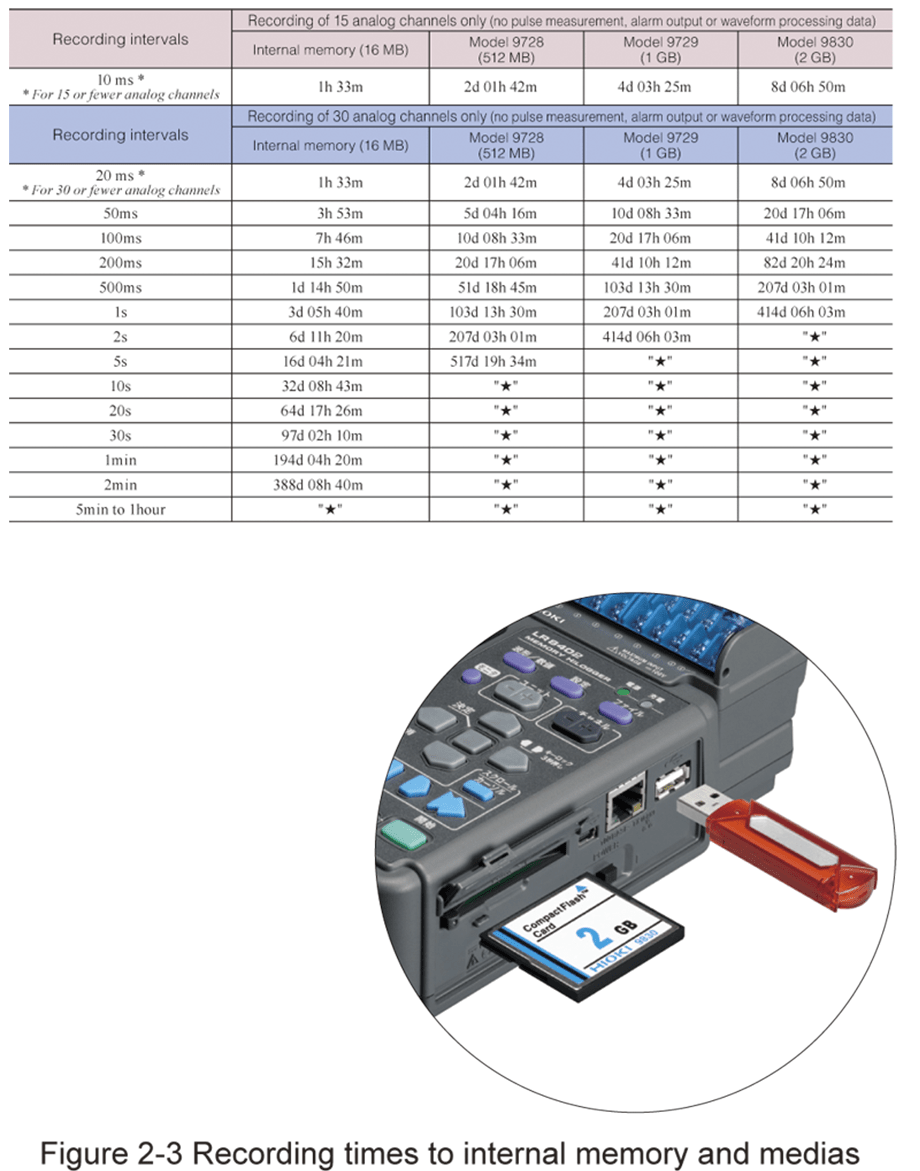Features of Hioki multichannel data loggers
Input isolation and high withstand voltage specifications
When measuring the voltage of each of a number of batteries that are connected in series to form a circuit such as the one shown in Figure 2-1, it is important that each channel be electrically isolated. In the same way, it is not possible to accurately measure signals being input to a data logger if there is any potential difference between them. Hioki data loggers have channels that are isolated by means of semiconductor relays.
In Figure 2-1, Ch. 15 is subject to the total voltage of the series-connected batteries relative to ground. Hioki data loggers are designed to withstand high terminal-to-ground voltages.
Noise resistance
In many cases, the effects of switching noise from an inverter or other device or hum noise from a power supply affect the instrument via input signal lines or power lines as a result of the environment in which the data logger is being used or due to the characteristics of the measurement target itself, making accurate measurement impossible.
Hioki data loggers are able to record data accurately thanks to a digital filter function that uses oversampling to reduce the effects of noise.
Internal memory and storage media
Hioki data loggers can save data in their internal memory or on storage media such as a USB flash drive or CF card.
When measuring signals over an extended period of time, it is convenient to be able to record data on high-capacity media.
Figure 2-3 provides a list of recording intervals (sampling speeds), data capacities, and recording times.
Since the data logger backs up data internally while the USB flash drive or CF card has been temporarily removed, data can be retrieved without stopping recording operation.
Computer measurement and application software
Hioki application software makes it possible to configure, control, and observe, transfer, and analyze data from a total of five data loggers connected to a computer via its USB or LAN interface.
Data logger network functionality
By putting in place an environment that enables access to data loggers, for example via a LAN or the Internet, it is possible to make use of the following network functionality provided by the instruments:
• HTTP server function
View the target data logger’s screen in a Web browser and control the instrument remotely via the browser.
• FTP server function
Download recorded data from the instrument to a computer.
• FTP client function
Upload recorded data regularly during measurement to an FTP server.
• E-mail function
Send information such as the data logger’s status or alarms via email.





